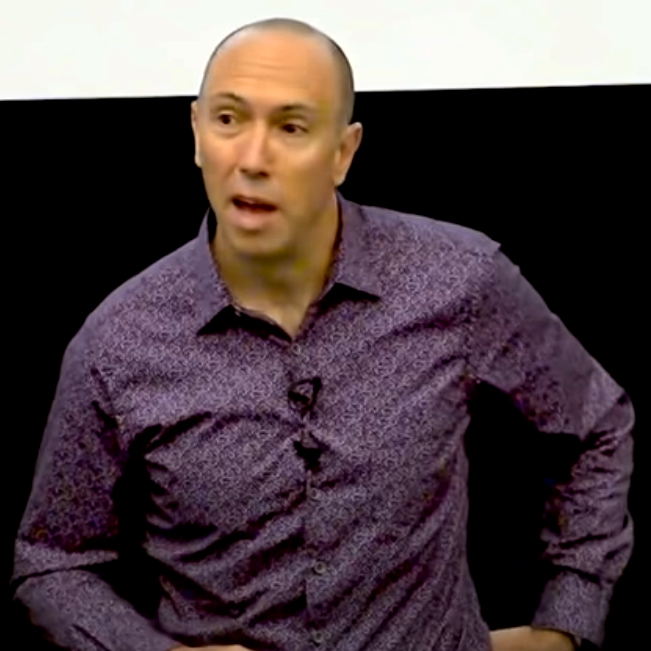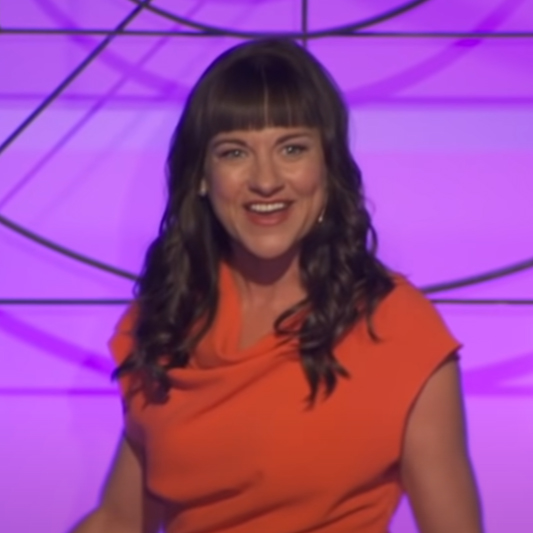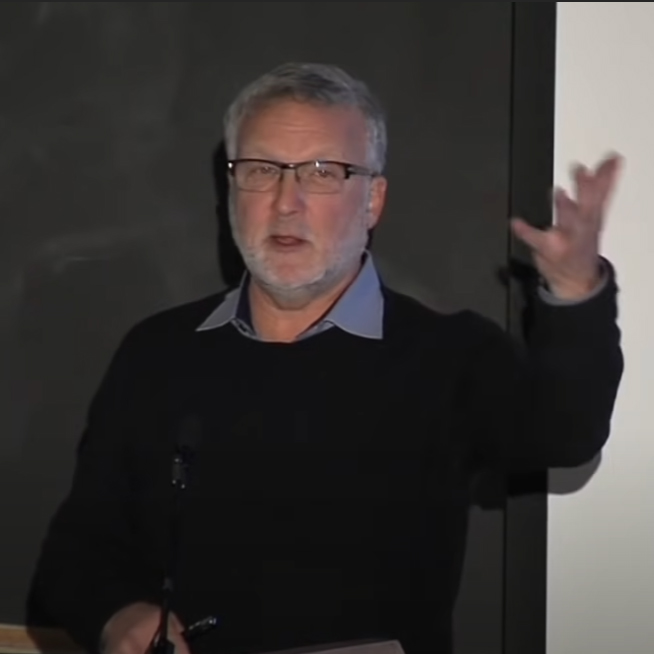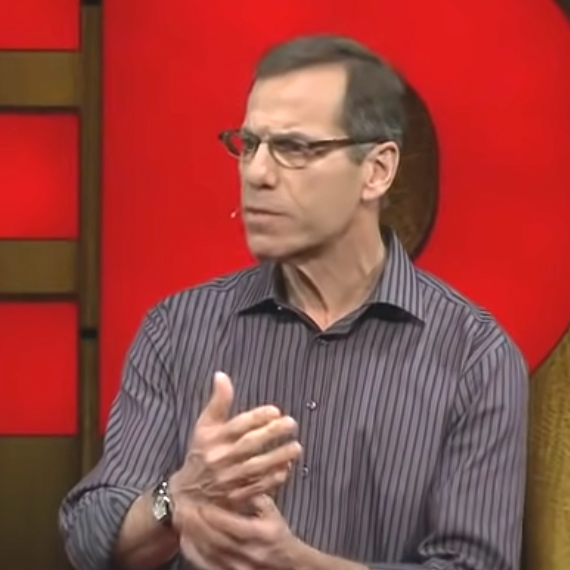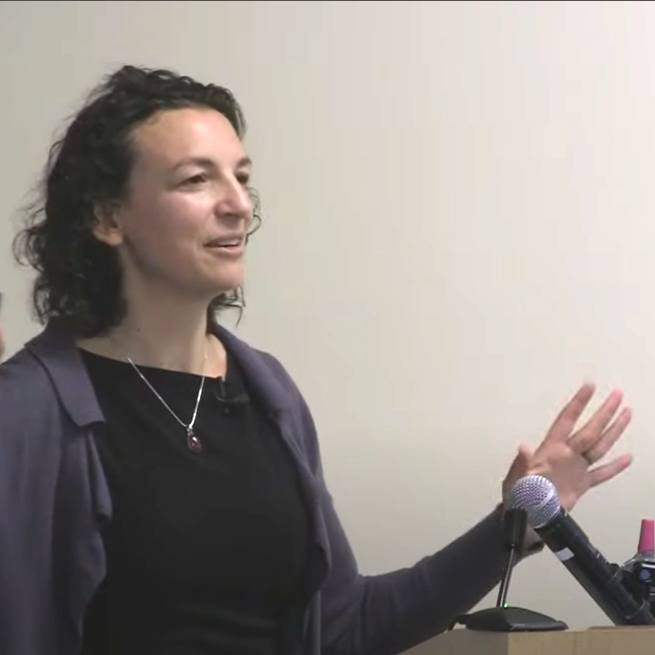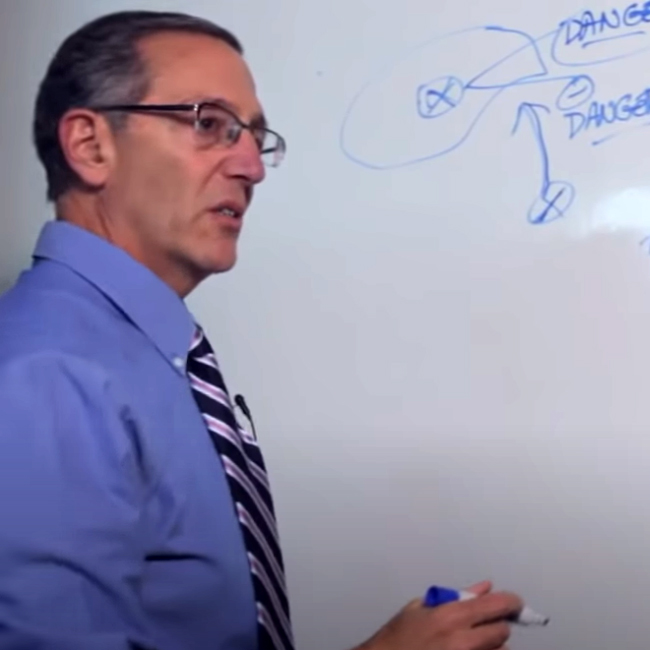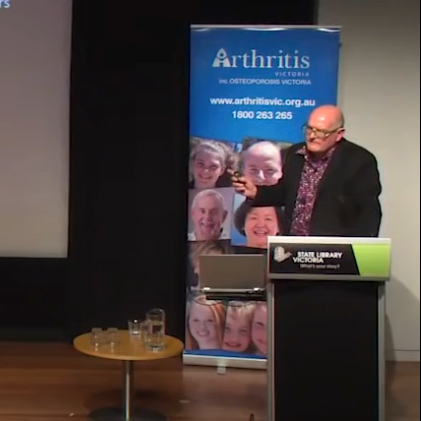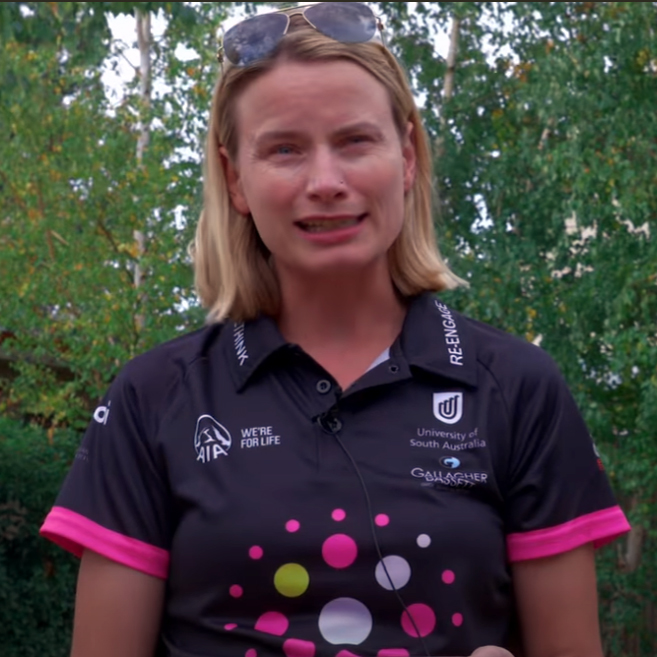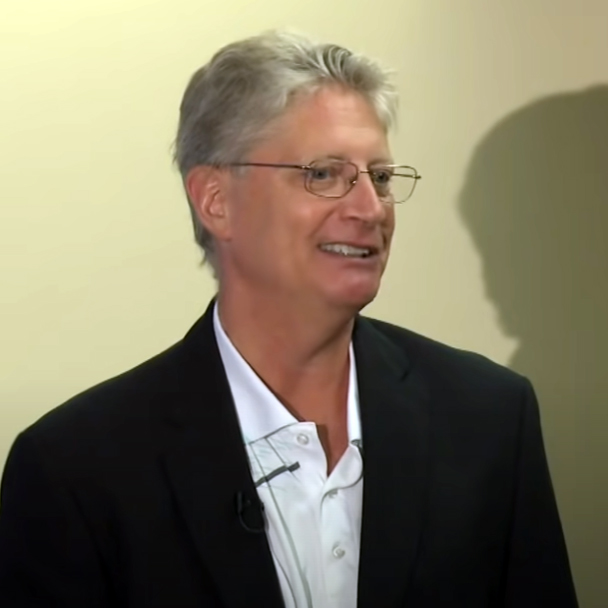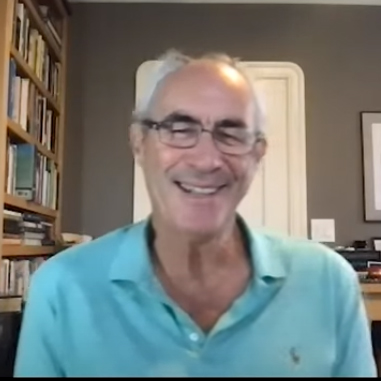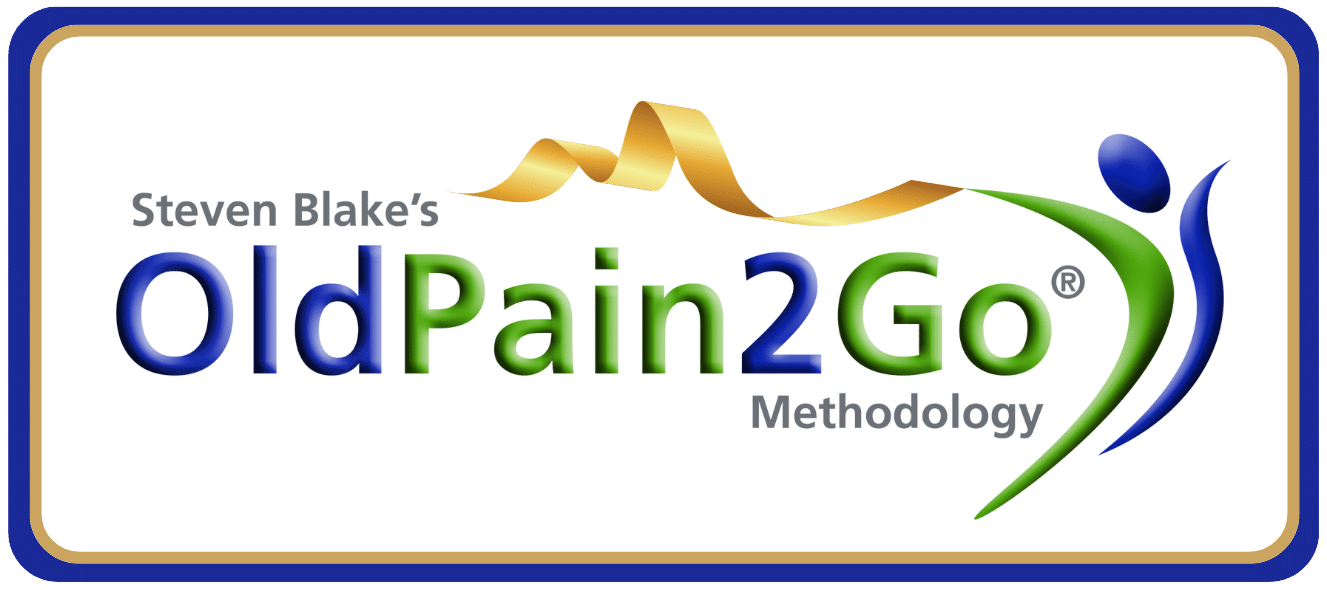
An Independent Feasibility Study of OldPain2Go®
by Teesside University, Newcastle University, & Norton Physiotherapy Centre
Quoted from the study:
"It is particularly promising to see these improvements occur within a relatively brief period of time and relatively short duration patient contact time of one hour per treatment session. This has potential implications for service provision where resources are continually over stretched and provides justification for further exploration of this novel intervention. These results demonstrate the feasibility and safety of recruiting to and delivering OldPain2Go®, for the treatment of pain and function, in people with CLBP [Chronic Lower Back Pain] within a research setting."
Drew Coverdale - MSc BSc MCSP MMACP
Drew Coverdale is a Chartered Physiotherapist in the UK and author of The Pain Habit, with over 25 years of experience treating patients with musculoskeletal conditions.
Drew admits to being very sceptical of OldPain2Go® when he first heard of it. That even continued when he trained in it, until he had used it on his first few patients, then he realised the potential of the methodology. It was Drew that introduced OldPain2Go® to the Universities, and worked within the study, and for that we will always be grateful.
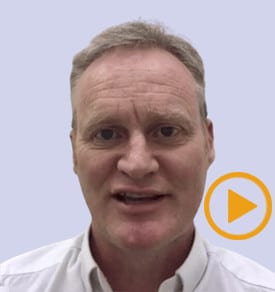
Short Video 37 Seconds
Drew shares his opinion about OldPain2Go®
Study Published in: Pain and Rehabilitation - the Journal of Physiotherapy Pain Association: OldPain2Go® a novel intervention for people with chronic low back pain: a feasibility study.
UPDATE:
2024 - 2025
A second OldPain2Go® study by the original professionals has passed the Ethics Committee and has been registered prior to commencement.
Link to the Study
Here is a link to the first feasibility study into OldPain2Go® published in Pain and Rehabilitation - The Journal of The Physiotherapy Pain Association; Volume 53 Issue 1 2023.
Also available: In House Study and Analysis of 216 signed Client Feedback Forms

OldPain2Go® The Intersection of Science and Innovation
A Perspective on OldPain2Go®
In the realm of transformative methodologies, OldPain2Go stands as a beacon of unconventional wisdom. Let us explore how this ground breaking approach defies convention, challenges scientific norms, and empowers individuals to reclaim their lives.
The Essence of Science
Science, at its core, is a dynamic process—a dance between curiosity and evidence. It involves:
Data Collection: Scientists meticulously gather information, whether through observations, experiments, or surveys. This data forms the bedrock of scientific understanding.
Testing Hypotheses: Scientists propose hypotheses—educated guesses about how the world works. Importantly, science doesn’t aim to prove things right; it seeks to uncover what’s wrong. Falsifiability—the ability to disprove a hypothesis—is the hallmark of scientific inquiry.
Iterative Refinement: Scientific knowledge evolves. New data, fresh insights, and technological advancements lead to revisions. The scientific community thrives on debate, critique, and the pursuit of better explanations.
The Spark of Innovation
Innovation often emerges from the minds of mavericks—those who dare to think differently. Consider the following:
Brilliant Ideas: History is replete with instances where a single individual’s spark ignited transformative change. From Copernicus challenging Earth’s centrality to Einstein’s theory of relativity, these breakthroughs began as unconventional notions.
Against the Grain: Innovators swim against the current. They question established norms, challenge dogmas, and explore uncharted territories. Their brilliance lies in seeing what others overlook.
The Unpatentable: Not all ground breaking ideas are patentable. Some—like OldPain2Go—don’t fit neatly into the commercial mould. Yet, they hold immense potential to alleviate suffering and enhance well-being.
OldPain2Go®: A Paradigm Shift
Steven Blake, the creator of OldPain2Go, embodies this spirit of innovation. Here’s why:
Understanding Pain: OldPain2Go recognizes that pain isn’t an absolute truth; it’s a brain calculation. By reassessing safety, clients can convince their brains to cease unnecessary pain signalling.
Placebo and Nocebo: Scientists often exclude the placebo effect from studies. Yet, OldPain2Go acknowledges its power. The mind’s ability to heal itself is remarkable. Similarly, OldPain2Go targets the nocebo effect—the negative impact of negative expectations.
The Challenge of Validation
Validating innovative methods faces hurdles:
Scientific Rigor: Researchers seek robust evidence. But OldPain2Go doesn’t fit the mould of lengthy cures. It’s swift, pragmatic, and client-focused. Perhaps it’s time for scientists to reframe their questions.
Monetizing the Unpatentable: Testers often prioritize patentable solutions. OldPain2Go’s simplicity doesn’t promise lucrative returns. Yet, its impact on lives is immeasurable.
A Call for Open-Mindedness
Scientists, like all explorers, must embrace openness. Steven Blake’s work exemplifies this spirit. As science evolves, perhaps it will recognize that the answers lie within its own research—waiting for a fresh perspective.
In the end, OldPain2Go isn’t just about pain relief; it’s about empowering individuals to reclaim their lives. And that, my friend, is a brilliant idea worth celebrating.
About OldPain2Go® & the current Science of Pain
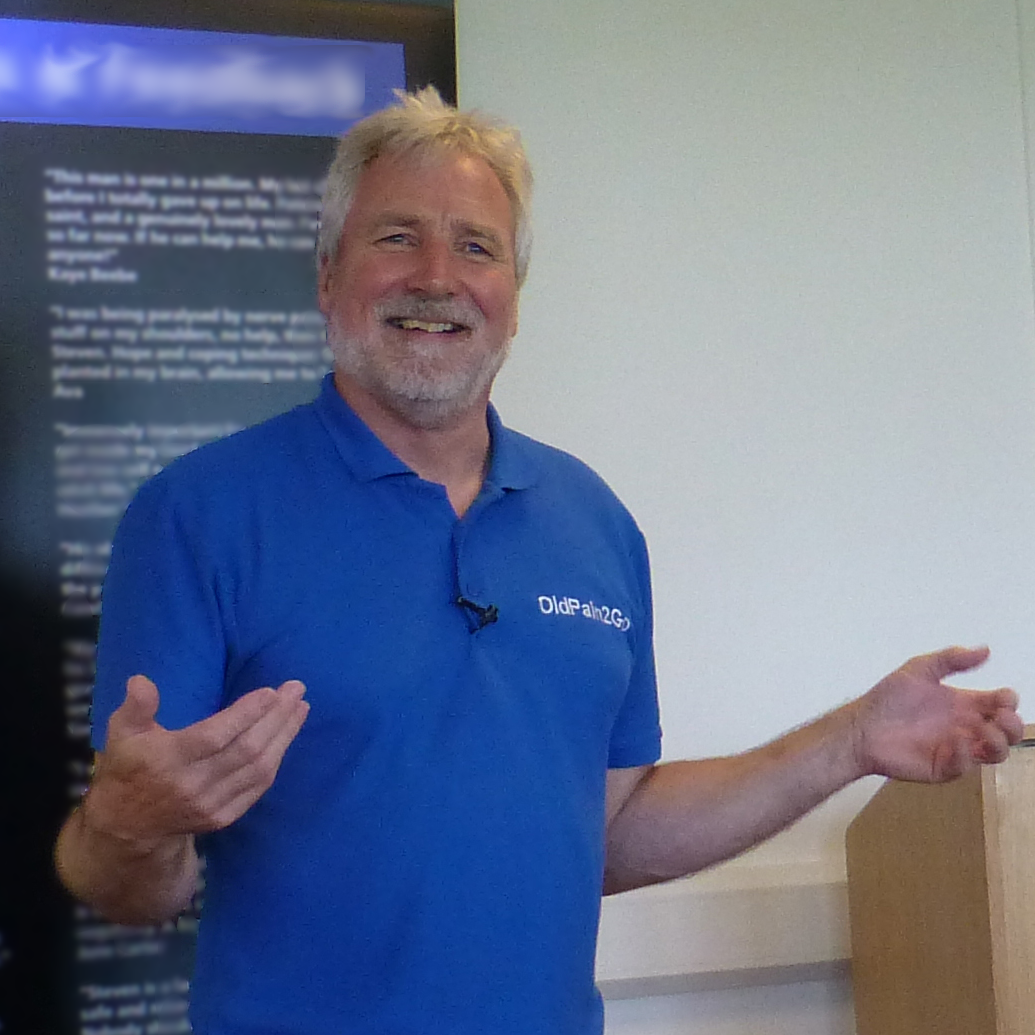
Sponsored: only by Individual client sessions and the teaching of OldPain2Go®
Hi, I'm Steven Blake
"All pain is real and all pain is a calculation in the brain to assess what level of pain is needed to protect you. Pain works by annoying you until you take appropriate action towards safety. When there is no action you can take, then the pain is no longer a message protecting you. If we require that the brain cease sending out old pain messages it simply requires a new understanding of the current situation and a reassessment of whether continuing that old pain message is helpful or harmful, and what level of pain (if any) is best for survival and a good quality of life. There is no need for a long "cure" that will be hard work for the client. A "cure" isn't needed, just a reassessment of safety. Your brain will always do what is best for you based on all it knows, sometimes it just needs convincing that pain isn't the best option."
Steven Blake 2022
Steven is a research contributor to ResearchGate a European commercial social networking site for scientists and researchers to share papers, ask and answer questions, and find collaborators.

Steven is a registered research contributor with ORCID whose vision is a world where all who participate in research, scholarship, and innovation are uniquely identified and connected to their contributions across disciplines, borders, and time.
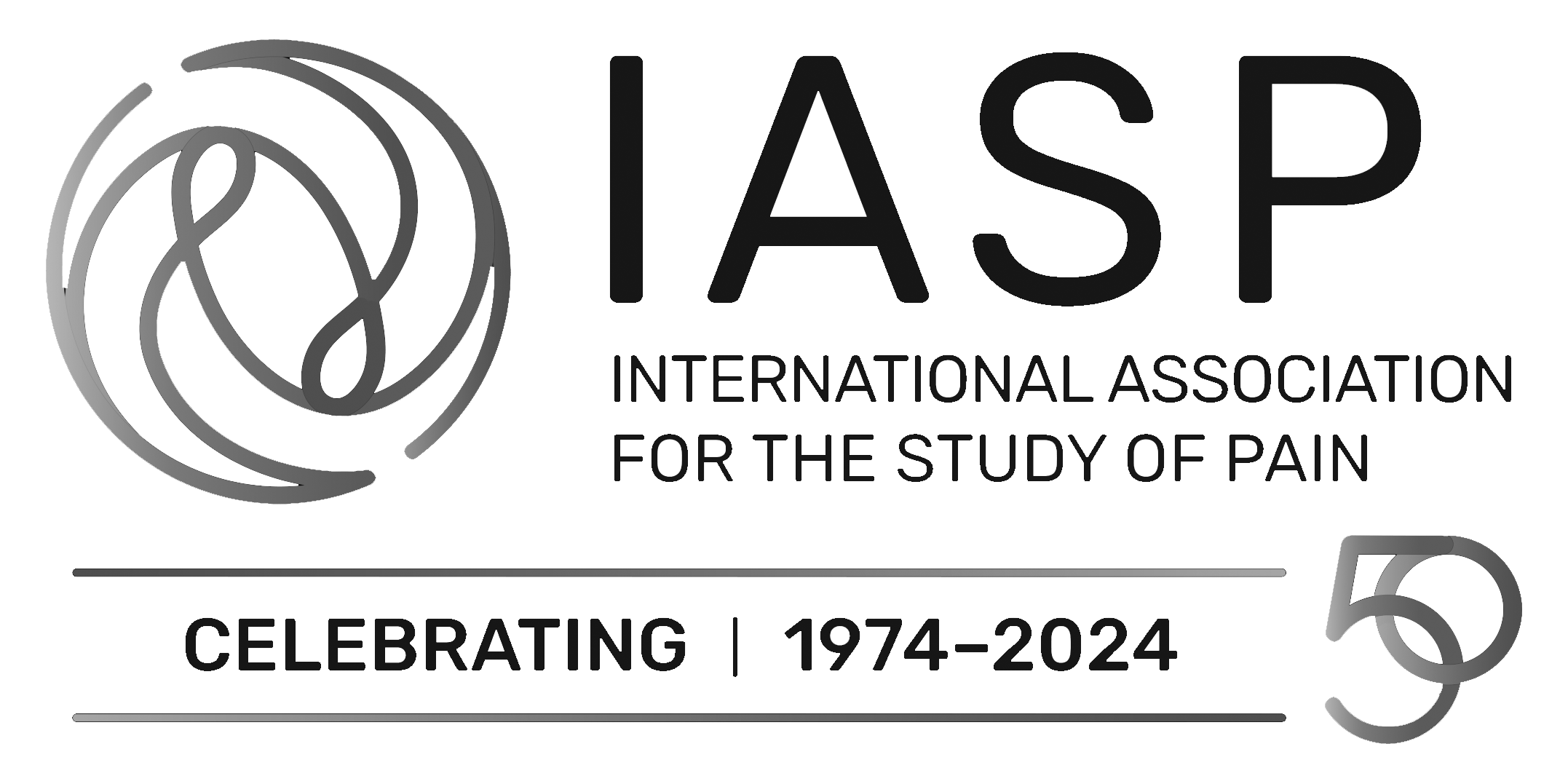
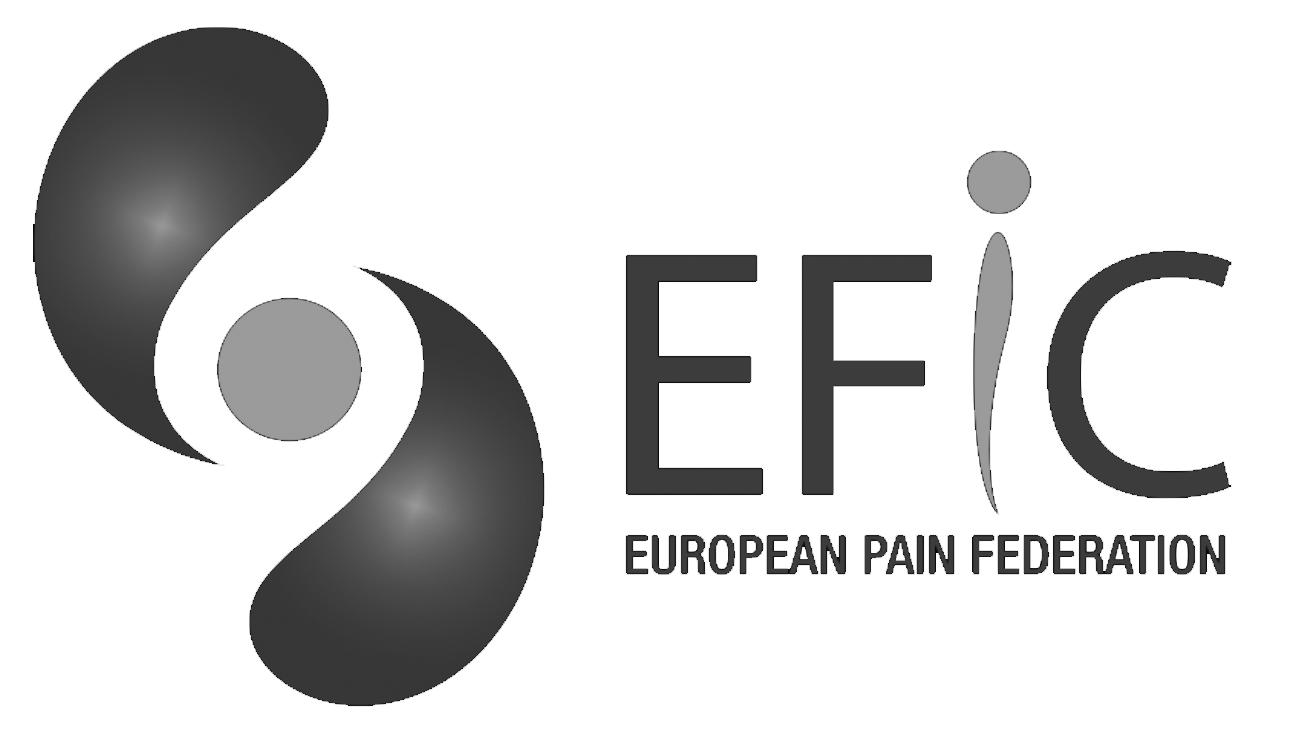

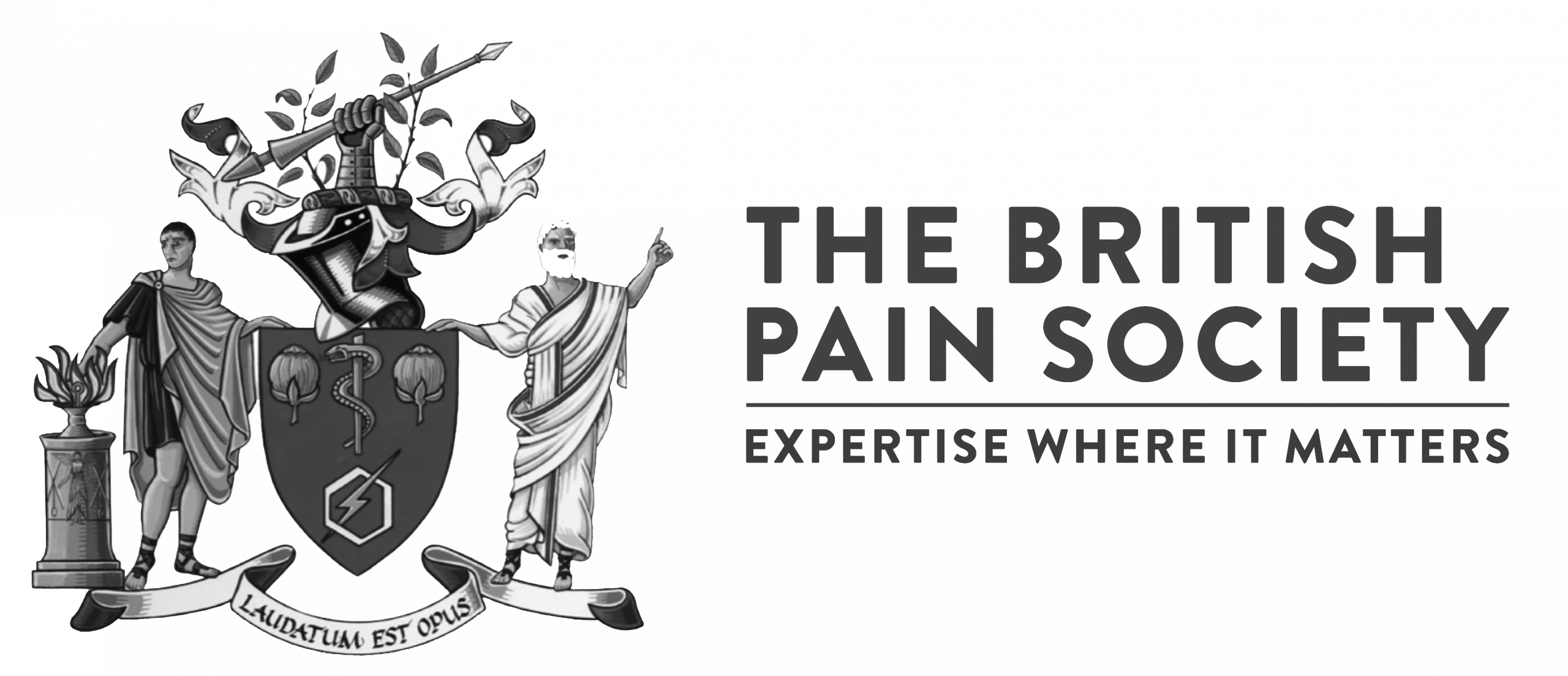
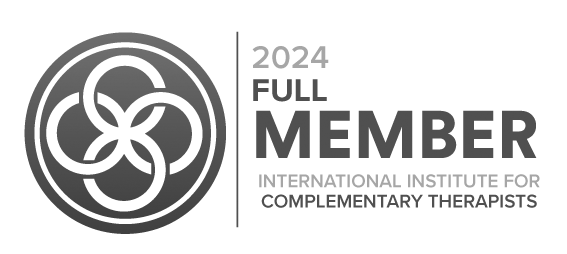
Steven's Associations & Memberships
The Science Videos
Click picture to open - click away from it to close!
Several of the world's best known pain scientists explain the latest in their knowledge and research.
Pain Quotes by Dr. Lorimer Moseley – collated by Nils Oudhuis
•“Pain is an unpleasant conscious experience that emerges from the brain when the sum of all the available information suggests that you need to protect a particular part of your body”
•“Pain is the output. Nociception is one of the inputs. All of the inputs are evaluated when we’re talking about pain, I think, according to this question: How dangerous is this? Based on everything I know, which is all of the information available to me right now, how dangerous is this really?”
•“The amount of pain you experience does not necessarily relate to the amount of tissue damage you have sustained”
•“There’s no such thing as a pain stimulus. Nothing has the property of pain. It’s an emergent property of the human.
•“The relationship between pain and the state of the tissues becomes weaker as pain persists”
•“Thinking that we have a slipped disc has the potential to increase back pain. But what if this piece of knowledge we have stored is inaccurate, just like our notion of a slipped disc? A disc is so firmly attached to its vertebrae that it can never, ever slip. Despite this, we have the language, and the pictures to go with it, and both strongly suggest it can. When the brain is using this inaccurate information to evaluate how much danger one’s back is in, we can predict with confidence that, if all other things were equal, thinking you have a slipped disc and picturing one of those horrible clinical models of a slipped disc will increase your back pain.”
•“The evidence that tissue pathology does not explain chronic pain is overwhelming (e.g., in back pain, neck pain and knee osteoarthritis). Yet we continue to avoid the truth that tissue damage, nociception and pain are distinct. I would go so far as to suggest that even the use of these erroneous terms – pain receptors, pain fibres and pain pathways – leaves the patient with chronic pain feeling illegitimate and betrayed, and leaves the rehabilitation team lacking credibility when they look beyond the tissues for a way to change pain.”
•There are probably clinicians who hang on to the idea of pain equalling tissue damage. I suspect they either don’t see complex or chronic pain patients, or, when they do, they presume that those patients are somehow faulty or psychologically fragile, or, tragically, are lying.”
•“Inflammation is a primitive form of defence that is essential to the tissue repair process. Think of the swelling, redness and pain after injury as part of your own internal repair system and be grateful for it”
•“Anything that changes your brain’s evaluation of danger will change pain”
•“Change the way we think about chronic pain – Pain in the brain, immune system, endocrine system, feels the same as tissue pain.”
•“The longer you have pain, the better your spinal cord gets at producing danger messages to brain, even if there is no danger in the tissue”
•“For many people in persistent pain, this is a critical issue to understand and well worth repeating. In this sensitised state, the brain is being fed information that no longer reflects the true health and abilities of the tissues at the end of the neurones. Put another way, the brain is being told that there is more danger at the tissues than there actually is. The gain of the system is increased. Brain responses such as movements, thoughts, autonomic and endocrine responses are now based on faulty information about the health of the tissues at the end of the neurone”
•“Stress can contribute to nerve sensitivity or pain system sensitivity. Stress lives in the brain, and therefore the experience of people with chronic pain often is that their pain increases as they become more stressed”
•Modulators broadly fit into one of three categories: prioritization, meaning and transmission/processing. Prioritization depends on the survival value of a nociceptive stimulus. Observational data abound; for example, the extensive work with military and civilian injuries – the soldier feels little pain until he is safe behind lines.
•“When you massage skin, you are moving tissues and also sending useful impulses to the brain. So, movement and touch are useful ways to refresh your ‘virtual’ and actual body”
•“What is pain? Is it simply a symptom of tissue damage or is it something more complex? One way to approach this second question is to determine whether it’s possible to have one without the other – tissue damage without pain or pain without tissue damage. And you can answer that one yourself – ever noticed a bruise that you have absolutely no recollection of getting?
•“Pain is usually triggered by messages that are sent from the tissues of the body when those tissues are presented with something potentially dangerous."
•The exact amount or type of pain depends on many things. One way to understand this is to consider that once a danger message arrives at the brain, it has to answer a very important question: “How dangerous is this really?” In order to respond, the brain draws on every piece of credible information previous exposure, cultural influences, knowledge, other sensory cues, the list is endless.”

